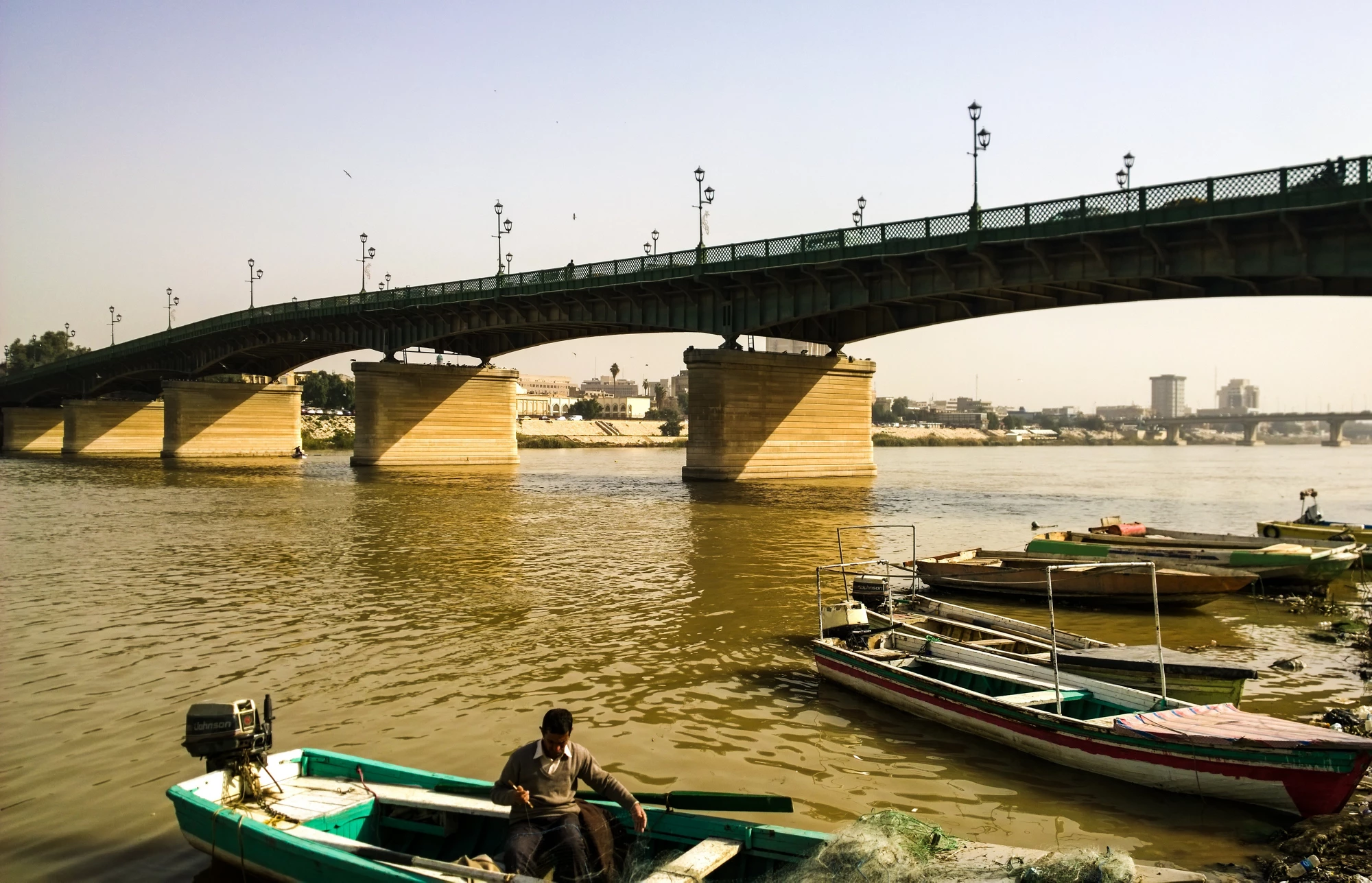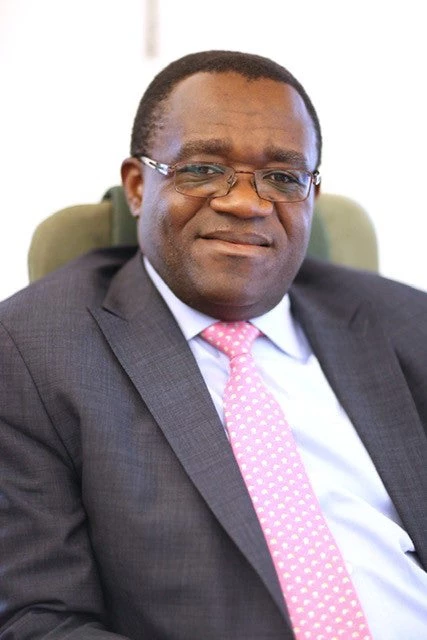 جسر الأحرار على نهر دجلة في العراق.
جسر الأحرار على نهر دجلة في العراق.
It’s been almost 10 months into the pandemic, and it is becoming apparent that there will be no quick economic recovery. In the Middle East and North Africa (MENA) region, countries are starting to focus their attention on how to successfully reopen the economy and stimulate economic recovery, while continuing to address the health emergency.
Infrastructure investment has the ability to support both immediate and medium-term economic growth through direct investment in physical infrastructure assets, and longer-term growth by improving firms’ productivity, reducing transactions costs, increasing accessibility to employment, enhancing education opportunities through better connectivity, and increasing equality through access to critical utilities. In the MENA region, studies have shown that a billion-dollar infrastructure investment can create 138,000 jobs in the short term, increase growth by 0.48% , and generate an additional 442,000 jobs in the long-run (induced jobs).
To fully leverage the potential of infrastructure investment in MENA, any post-COVID19 recovery plan must feature:
- Strategy: focusing on the long-term goal to offer policy predictability and certainty
- Innovation: be open, accepting, and creative to doing things while adopting emerging technologies
- Convergence: break silos through holistic collaboration, partnerships, and cross-cutting priorities
- Agility: The ability to adapt to national contexts and to new circumstances with great flexibility, as well as just-in-time intelligence for course correction
The pandemic has exposed the weakness of infrastructure across MENA countries. Infrastructure investments to boost recovery must start with revamping strategic planning that is aligned with the UN Agenda for Sustainable Development and the Paris Agreement on Climate Change.
What can be done to accelerate the transition towards a low carbon economy?
First, there is a need to speed up the uptake of renewable energy and energy efficiency. Despite a low percentage of renewable energy (RE) in total generation capacity (approx. 10% of the total installed generation capacity), MENA is making great progress in scaling-up the deployment of RE technology. The total RE (non hydro) generation capacity in MENA increased from 1.1 GW in 2010 to 7.2 GW in 2018. MENA countries are uniquely positioned to benefit from the rapid cost decline and exponential growth of the solar industry. The low cost of large scale solar plants as reported by the Abu Dhabi Power Corporation (ADPower) are placing MENA at the forefront of the energy transition globally and will help to accelerate the de-carbonation of the region while creating more jobs and improving competitiveness.
How can the region build a smart, greener, and more inclusive mobility system?
An estimated 5.5% of GDP in MENA is lost annually due to poor roads and accidents. Giving a smart, green, and sustainable transformation to the transportation sector should be a higher priority in the post-pandemic recovery process. Better roads allow women and children to access schools, health services, and economic opportunities. Connecting rural and lagging areas so they are able to access markets is crucial for an inclusive recovery. Creating green and vibrant multi-modal economic corridors to attract private investment in manufacturing, agro-processing and logistics can help countries respond to the rising youth unemployment challenge.
MENA also needs to accelerate its digital transformation
The pandemic underscored the region’s digital divides—in broadband connectivity and utilization—along the lines of gender, poverty, and location. The reach of digital services needs to be expanded, both among and within countries in the region. COVID-19 adds a new sense of urgency to this matter. The slow pace in digital development underpinned by lack of competition and investment in broadband does not bode well for resilient recovery. Digital development must be at the core of any recovery plan. Digital technologies play a key role in improving contestability in markets including disruptive technologies and digital payments, as well as supporting mainstream digital solutions in other sectors – digital health, digital agriculture, and digital education. Boosting digital infrastructure will increase access to affordable, high quality internet services and improve government capacity to deliver digital public services and promote digital skills, boost entrepreneurship and job creation, and improve the productivity and competitiveness of small and medium enterprises (SMEs).
MENA needs to attract capital
The capital and investment required to fill the infrastructure gap in MENA are large. The region will need to spend at least 8.2% of GDP to meet the infrastructure goals by 2030. Infrastructure spending over the last decade has averaged just 3% of GDP – with the financing coming mostly from public sector funds with substantial multilateral and bilateral debt financing. The fiscal constraint imposed by the pandemic and unsustainable debt burden resulting from excessive borrowing will limit the ability of governments to undertake the required infrastructure investments. This creates an impetus for the private sector to support regional infrastructure investments, and there must be clear policy direction and regulatory frameworks to attract private capital mobilization.
What role can we play?
As the MENA region focuses on an immediate response to COVID-19 and ultimately recovery and growth, it must recognize the critical role of infrastructure and how to sustainably finance it. Our vision for infrastructure development is to support in the provision of physical infrastructure and support institutions that can deliver services for the region’s transformation, which will help it leapfrog towards a green, inclusive, and sustainable growth.


Join the Conversation